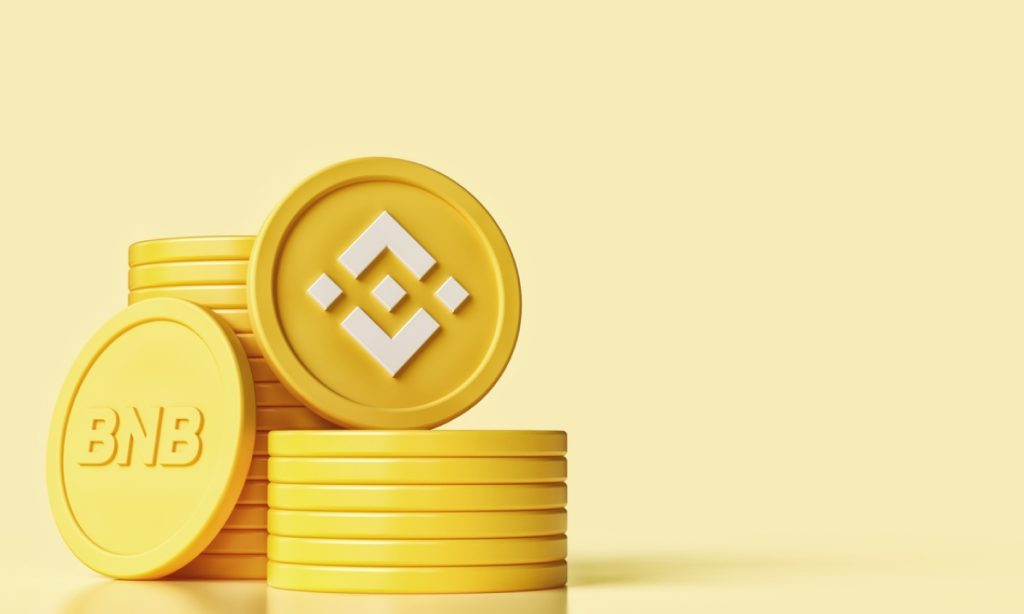This article comes from BNBchain forumThis article comes from

As a blockchain user, I have observed the need for a more adaptive transaction fee distribution structure on the BNB Smart Chain (BSC). The purpose of this proposal is to demonstrate the importance of having a more flexible transaction fee structure, ensure efficient use of blocks, and attract new users. This approach will help maintain the BNB economy and improve the market position of BSC, especially inroute mapAmong the multi-chain strategies observed in .
secondary title
market situation
Currently, L2 solutions are becoming more and more mainstream, and L2 solutions provide users with cheaper transaction fees compared to BSC's L1 fees. As L2 solutions become more popular, there is increasing competitive pressure on BSC networks to maintain their market share. BSC transaction costs are currently set at a relatively high flat rate of 5 gwei, which may not be as attractive to users as the more affordable fees offered by L2 solutions outside the BSC ecosystem. This will ensure that existing and future BNB Chain L2 solutions remain competitive and retain attractive users in the ecosystem.Over the past 6 months, key measurements of the network have leveled off, resulting in an underutilized network with utilization varying between 15-20%.In order not to "fall behind" rapidly growing L2 solutions, BSC validators should recognize the urgency of re-evaluating their current transaction fee structure.
I firmly believe that adjusting fees to be more cost-effective can help BSC maintain its market position and attract users looking for more affordable and efficient blockchain solutions.
Below are some mock examples I have created to show possible upsides and advantages after adjusting for transaction fees.
BSC operating parameters:
Number of blocks per day: 28,800
Gas limit: 140M
As you can see, network utilization can have a big impact on overall rewards as we adjust the gas price:
28, 800 * ( 140 M* 20% ) * 5 gWei = 4,Under the condition that the Gas price is 5 gWei and the block capacity is 20%:
032 BNB/day
28, 800 * ( 140 M* 33% ) * 3 gWei = 4,Under the condition that the Gas price is 3 gWei and the block capacity is 33%:
032 BNB / day
28, 800 * ( 140 M* 50% ) * 2 gWei = 4,Under the condition that the gas price is 2 gWei and the block capacity is 50%:
032 BNB / day
28, 800 * ( 140 M* 80% ) * 2 gWei = 6,secondary title
proposal
proposal
I recommend that BSC validators take a more flexible approach to transaction fees, enabling users to choose fees lower than the current 5 gwei rate, and as low as 3 or 4 gwei depending on their economic needs.
This change will make BSC L1 more attractive than L2 solutions from other ecosystems and provide a competitive advantage to potential BSC L2 solutions (BSC L2 should target less than 0.005 $/tx). In addition, the upcoming Greenfield decentralized data storage system will attract new users and bring new traffic to BSC.
In addition, the high transaction volume on BSC will still provide great value to BSC validators, thereby providing strong economic incentive guarantees for participating validators. This approach will bring the following benefits:
Enhanced Sustainability: Make projects more sustainable and provide strong economic incentives for new projects to migrate to BSC. Lower transaction fees will help sustain the blockchain economy during periods of low transaction volume.
Attract new users: Offering lower fees on L1 with high throughput utilization will attract new users to the BSC ecosystem, boost growth and improve BSC's market position.
secondary title
Summarize
Summarize